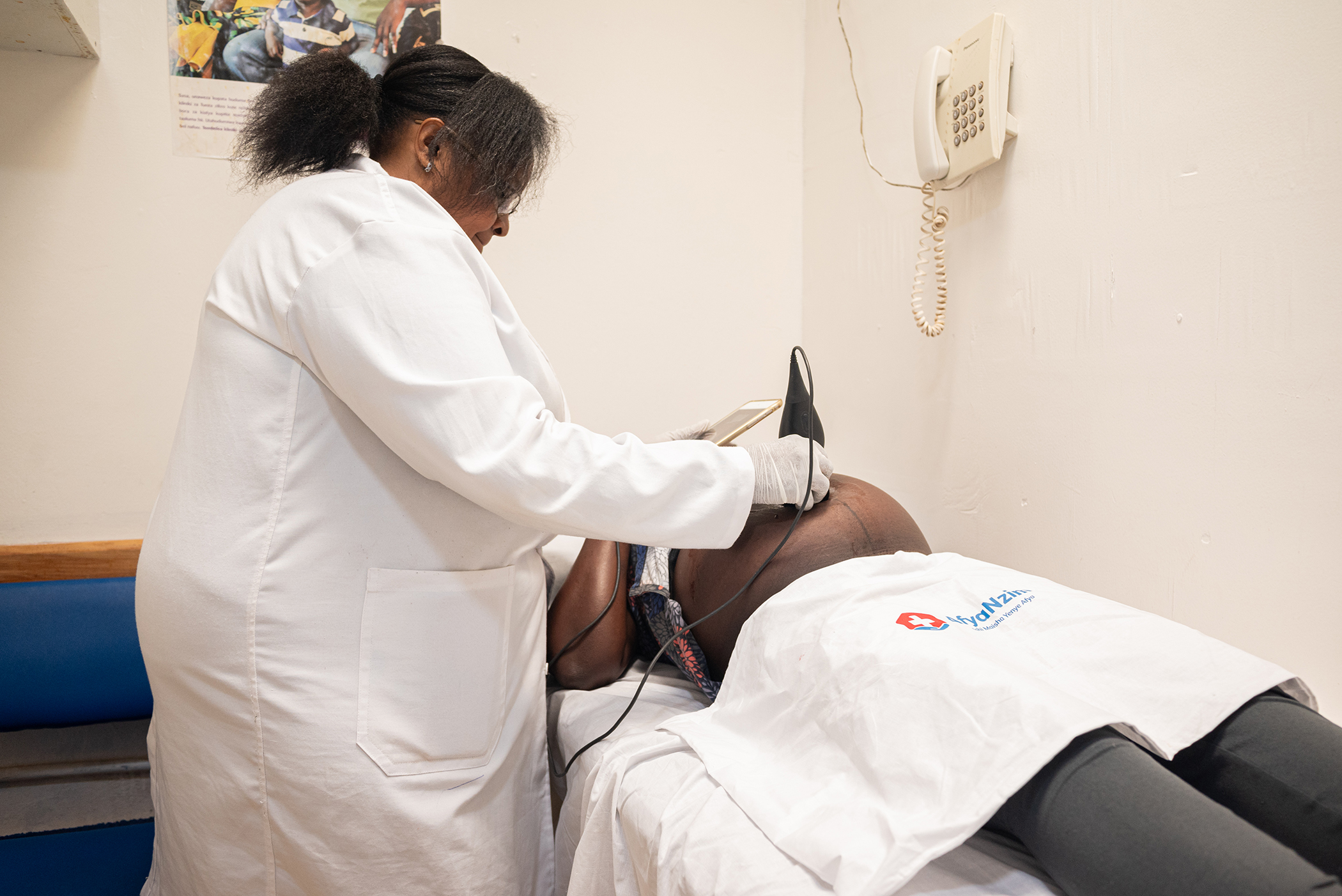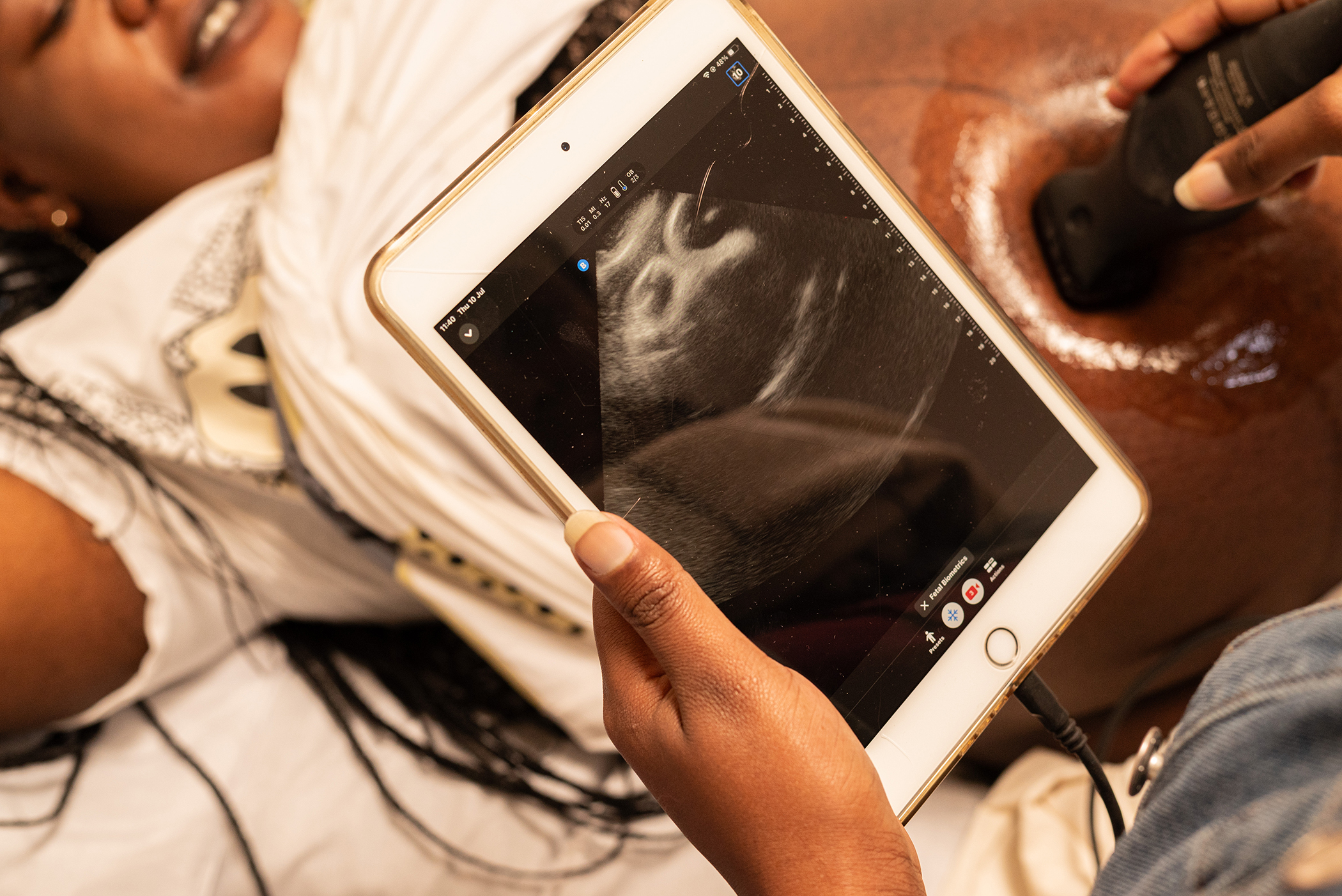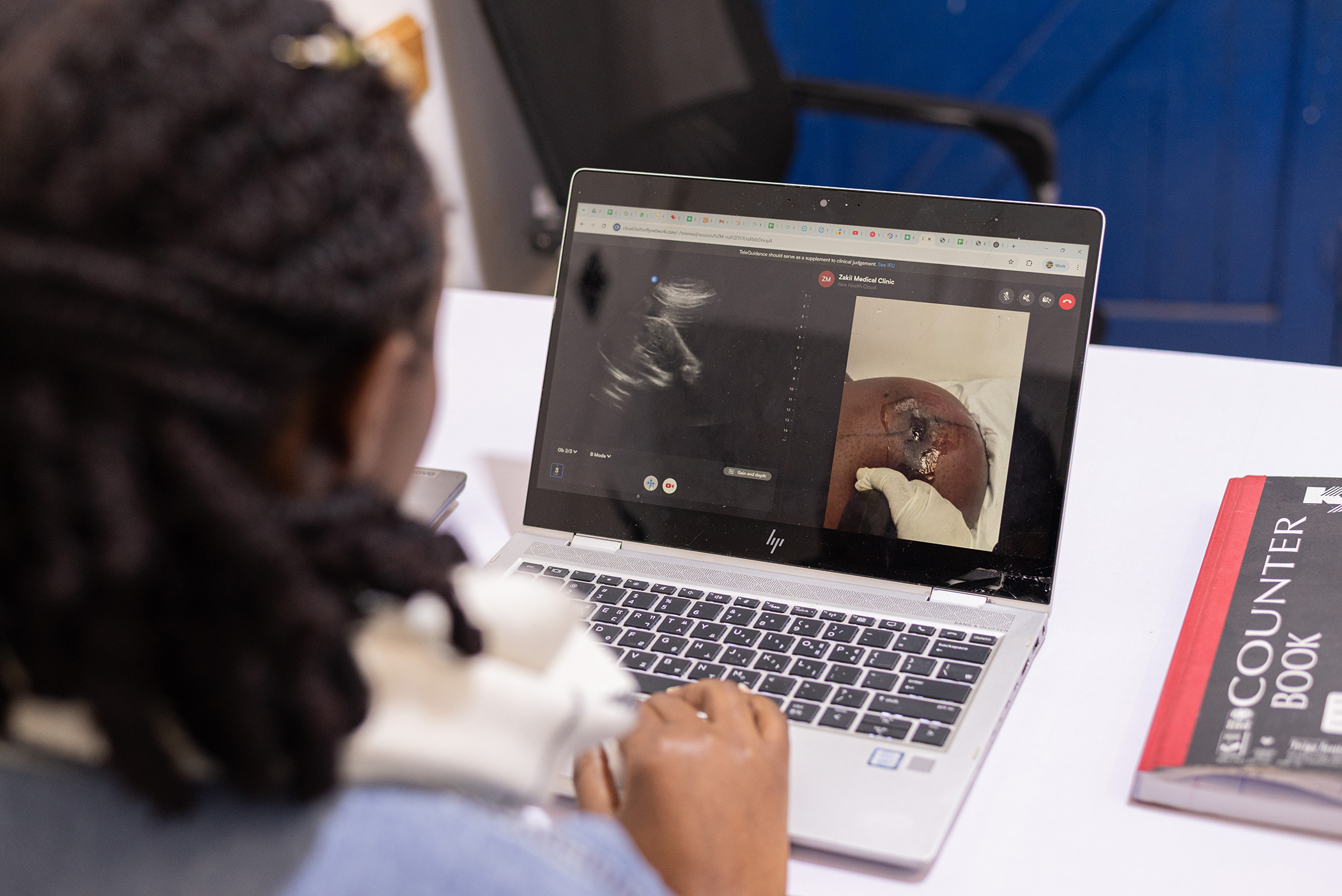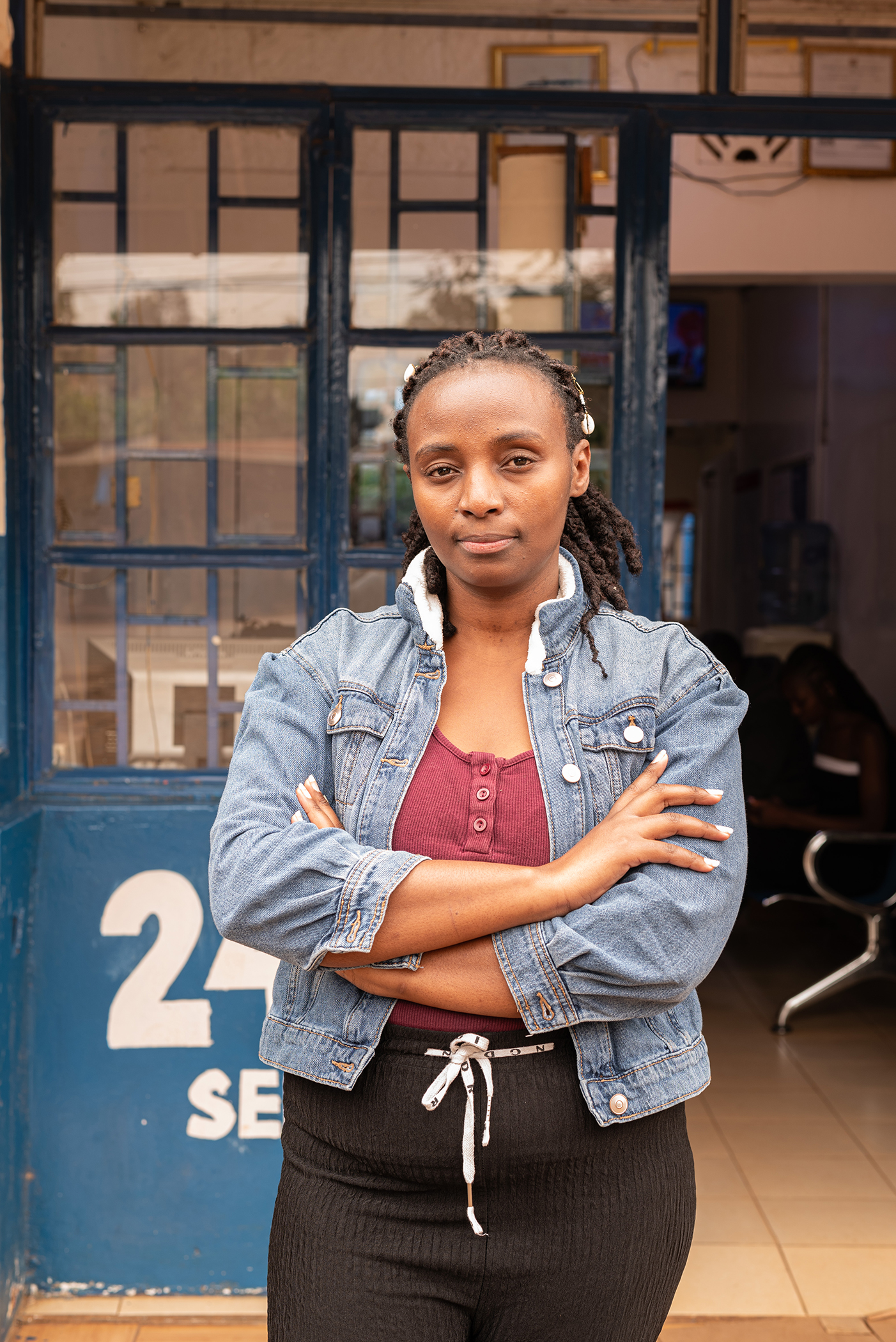“Move it to the right… yes, hold it still there,” a calm voice says from a tablet propped on a counter inside Zackii Medical Clinic on Nairobi’s outskirts.
In the small clinic room, six months pregnant Stella Arikiriza lies on the examination bed for a routine ultrasound.
Beside her, a clinician adjusts the compact ultrasound probe against her belly, based on instructions coming from a video call on the tablet.
Kendie Kauria Pierah is the calm voice on the video call. Through telehealth consultations, she sees ultrasound images in real time, guiding the clinician’s use of a handheld device. Pierah, the lead sonographer at Ilara Health — a Kenyan startup that connects clinics to expert sonography — sits in Nairobi, providing virtual support and reviewing scans to help diagnose patients.
“I look at the fetus’ heartrate, position, and essential details such as their age and weight to monitor their growth. We also identify any abnormalities such as reduced fetal movement or heart rate," Pierah says.
In a country where skilled sonographers are limited, many pregnant women receive ultrasounds from nurses or clinicians without specialized training in performing or interpreting scans.
“Most nurses have never used ultrasound equipment,” Pierah tells us.
Through Ilara Health, a handheld device and virtual connection allow pregnant women across the country to access remote expert analysis of their ultrasounds. In small clinical studies, such point-of-care devices in the hands of midwives have shown to improve diagnosis and management of pregnancy. Additional research also shows benefits in maternity triage settings, enhancing clinical decision-making during delivery.
With 260 clinics across Kenya offering this service, Ilara Health’s four Nairobi-based sonographers analyze roughly 400 scans monthly from facilities nationwide. This is expected to rapidly scale, as the company aims to support 500,000 ultrasounds for women across Kenya over the next five years.
Heightened Maternal Mortality Risks
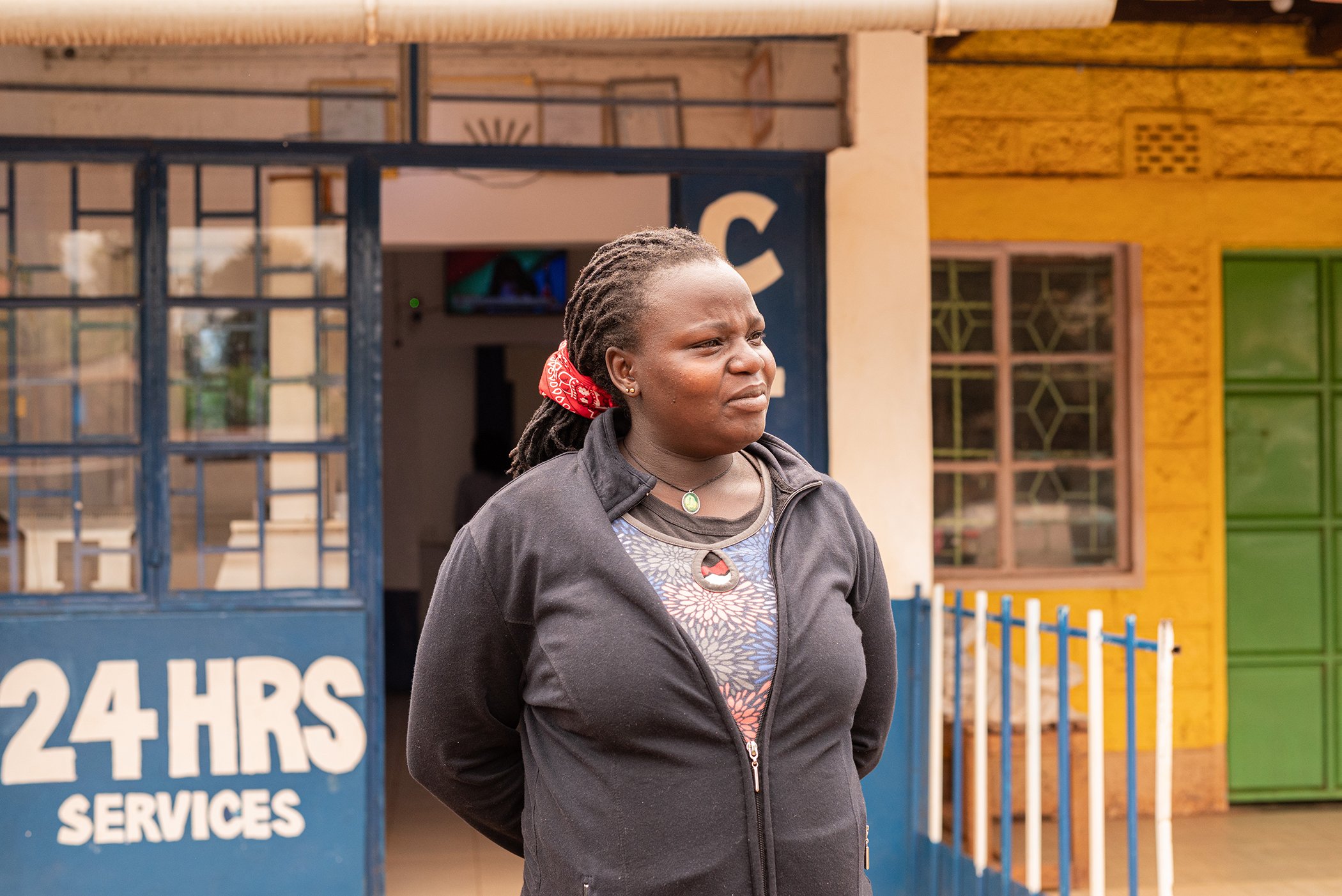 Stella Arikiriza poses for a portrait outside Zackii Medical Clinic on July 10, 2025, in Uthiru, on the outskirts of Nairobi, Kenya.
Stella Arikiriza poses for a portrait outside Zackii Medical Clinic on July 10, 2025, in Uthiru, on the outskirts of Nairobi, Kenya.
Arikiriza, a first-time mother, is one of thousands of women who have accessed Ilara Health’s ultrasound services with virtual analysis by trained sonographers.
“I was a little anxious. I wanted to know if the baby was alright,” Arikiriza says. “They told me the baby’s position was not [optimal] and advised me to massage my belly so the baby could turn.”
It’s advice like this that helps women understand potential pregnancy complications, and enables them to make informed decisions about delivery. According to Pierah, many pregnant women lack this vital information, and “give birth [vaginally] when they should have a cesarean section,” putting them at risk.
Kenya ranks as the fourth-highest country in Africa for maternal deaths, with 594 deaths per 100,000 live births, according to USAID. To curb these figures, Kenya's national guidelines for obstetrics and perinatal care recommend women have a minimum of four antenatal visits per pregnancy — though those in remote areas often lack access to these services.
Eric Mbuthia, Chief Technology and Medical Officer at Ilara Health, notes ultrasounds are an essential component of antenatal care. A properly conducted ultrasound can make all the difference for a woman in a high-risk pregnancy, particularly as it can help detect potential complications and enable early intervention. Ensuring access to all pregnant women is essential, Mbuthia explains.
Accessing these services — let alone from trained individuals — can be quite the challenge. Most pregnant women in Kenya receive ultrasounds at primary clinics, where clinicians are not required to have formal training on the procedure in interpreting the results. And while some trained sonographers work at public hospitals, it isn’t always feasible for pregnant women in remote areas to access this service.
“Imagine a heavily pregnant woman from a remote village having to ride on the back of a motorcycle so she can go to the nearest government hospital 10 kilometers away [for an ultrasound],” Pierah notes.
This was the case in Namanga, a town on the Kenya–Tanzania border, where ultrasound services were limited. When a local clinician purchased a point-of-care device from Ilara Health, Pierah traveled to conduct in-person training on device use so local women could access the service.
Access to Sonography in Kenya
“It’s stark what the difference is just 20 minutes from Nairobi,” says Mbuthia, reflecting on healthcare options on the outskirts of the country’s capital city. “The further away from the city you go, your options start dwindling as far as the number of clinics and their distance. Many women only have the option of a public hospital, and the concerns with public care are the same across Kenya — a large number of patients, sometimes understaffing, shortages of commodities, and equipment malfunctions.”
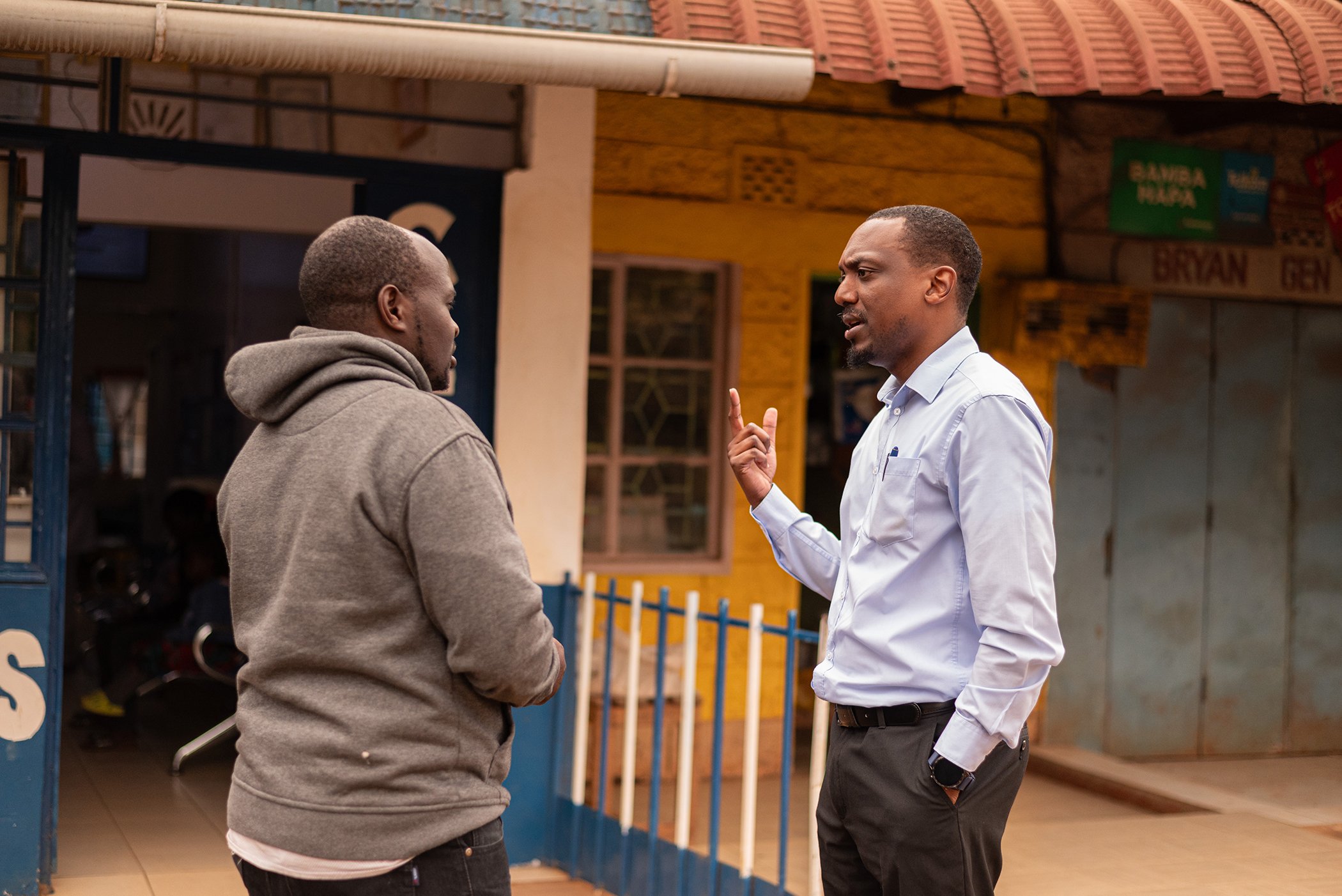 Eric Mbuthia, Chief Technology and Medical Officer at Ilara Health, speaks with a colleague at Zackii Medical Clinic on July 10, 2025, in Uthiru, on the outskirts of Nairobi, Kenya.
Eric Mbuthia, Chief Technology and Medical Officer at Ilara Health, speaks with a colleague at Zackii Medical Clinic on July 10, 2025, in Uthiru, on the outskirts of Nairobi, Kenya.
While Ilara Health predominantly works with private health clinics, the company has partnered with the regional government in Makueni County to increase accessibility of its virtual sonographer ultrasound service. The county now has 20 point-of-care ultrasound devices, up from two, serving a population of nearly one million people.
While Kenya has a public healthcare system, it is often inaccessible — whether due to distance, staffing shortages, or resource gaps to name a few reasons. Data shows that up to 47% of households with lower income seek care from private facilities, often because they are more reliable. Given this, the affordability of services at private clinics is a major factor in who can access these services.
In Kenya, a traditional ultrasound can cost about $20 out of pocket, compared with about $10 using a point-of-care device. Traditional systems rely on bulky, stationary equipment, while point-of-care devices are mobile and more cost-effective.
Back at Zackii Medical Clinic, Arikiriza leaves as nine-months-pregnant Naomi Kwamboka arrives for a routine ultrasound.
“I have two other children, but they’re older — a 19-year-old and a 15-year-old — both girls,” she says. “I’m pregnant with a boy now. They told me a long time ago, but every time I’m here, I ask them to confirm again. I just want to be sure,” she says, laughing.
In a country where distance often affects outcomes, access to ultrasound helps people understand their pregnancies — and for many in Kenya, it is increasingly within reach.
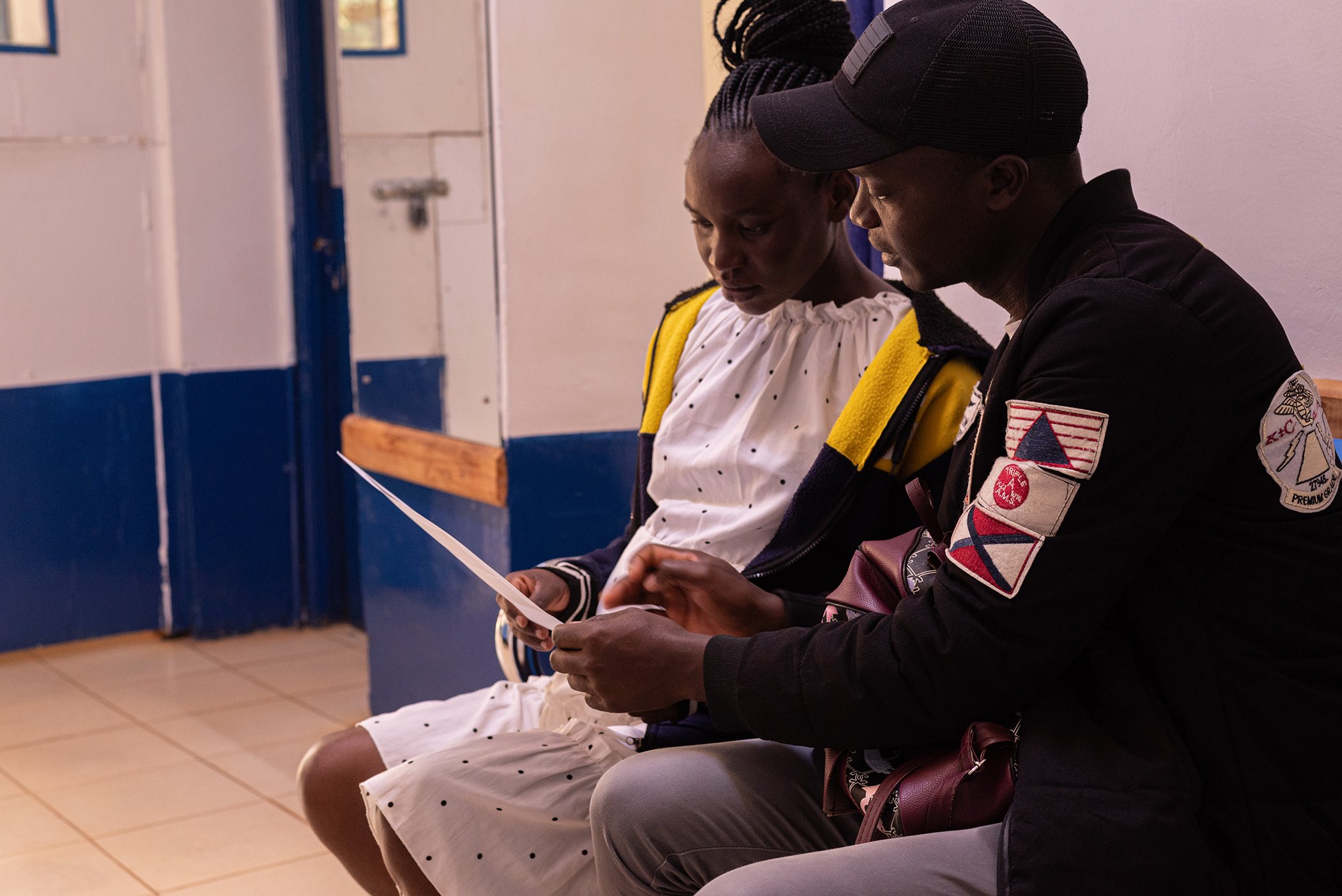 Naomi Kwamboka and her husband review the results of an ultrasound at Zackii Medical Clinic on July 10, 2025, in Uthiru, on the outskirts of Nairobi, Kenya.
Naomi Kwamboka and her husband review the results of an ultrasound at Zackii Medical Clinic on July 10, 2025, in Uthiru, on the outskirts of Nairobi, Kenya.
Editor’s Note: This article is part of a content series that was made possible with funding from the Susan Thompson Buffett Foundation.
